Use Cases
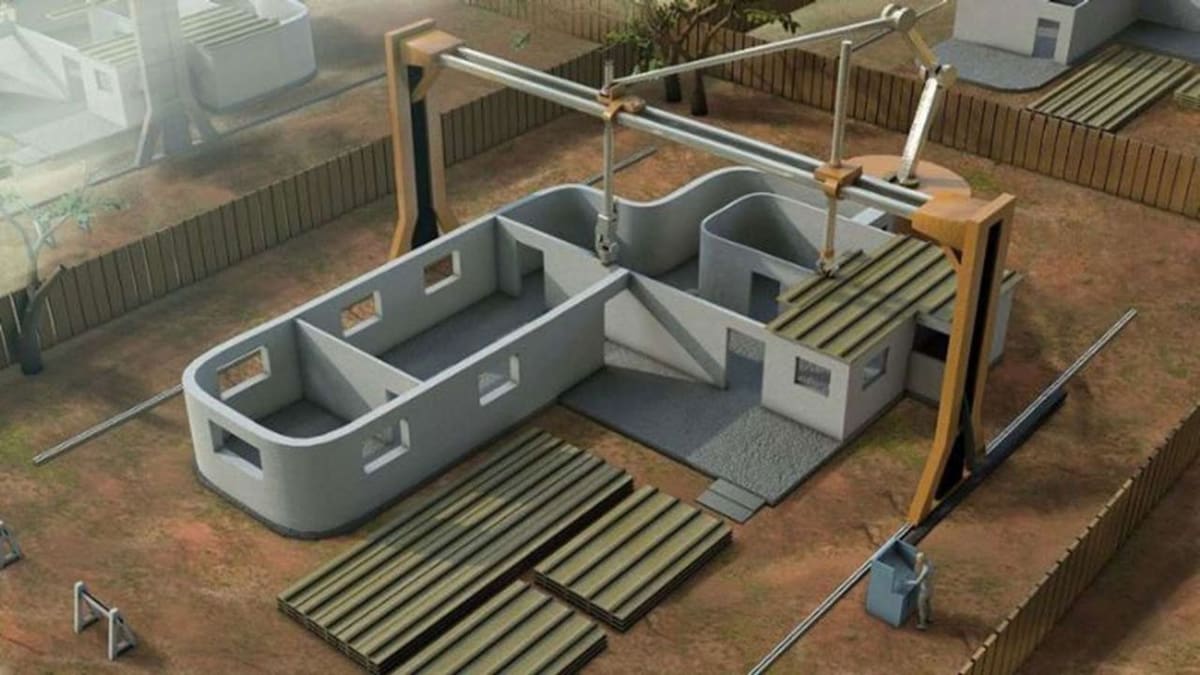
Architecture as we know it has been shaped by countless cultures and civilizations who came before us. And that’s great because we can appreciate all the structures and styles they left behind to their design and construction techniques, applying them to modern works.
Understanding architecture’s history is important because it gives us the basis to build and also to innovate. New to the stage, even 3D printing takes advantage of traditional methods and materials, bringing any idea into the physical world in an easier and cheaper way. From concept models to house construction, 3D printing has a lot of useful applications for architects.
Here we list some of the most important innovations 3D printing has made within architecture, either in the designing or construction process. Some of them are still in an experimental stage, but they will have a huge impact in a near future.
Concept Models
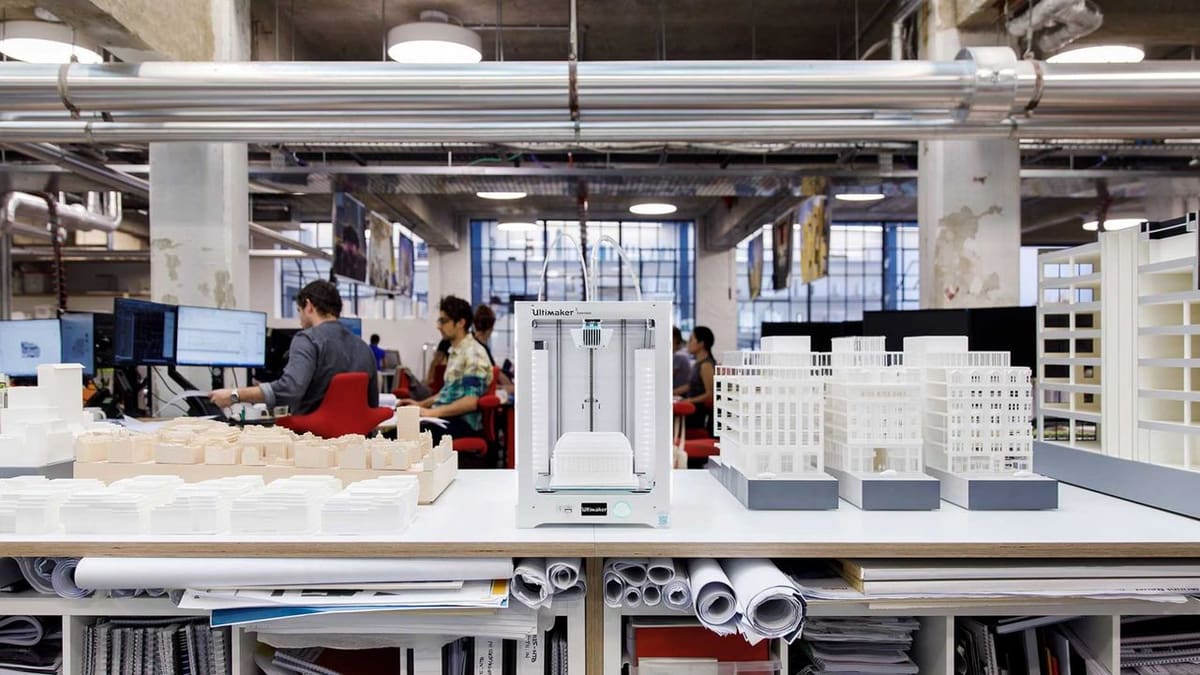
Every architectural project needs a concept model that helps architects and clients to visualize the idea, but a lot of time and hard work is invested in the creation of a handmade concept model, and it becomes even more difficult when there are complex geometries involved.
Fortunately, 3D printing is here to simplify the process. A highly-detailed physical model can be produced in a CAD program, not to mention the fact that designers can choose from a wide range of different materials and colors.
This makes the work more efficient, allowing architects to make models faster while they’re doing other tasks. An example of this can be seen with Make Architects – an architectural studio based in London, Hong Kong, and Sydney – whose concept models are primarily created by Ultimaker 3D printers.
Customized Detailed Design
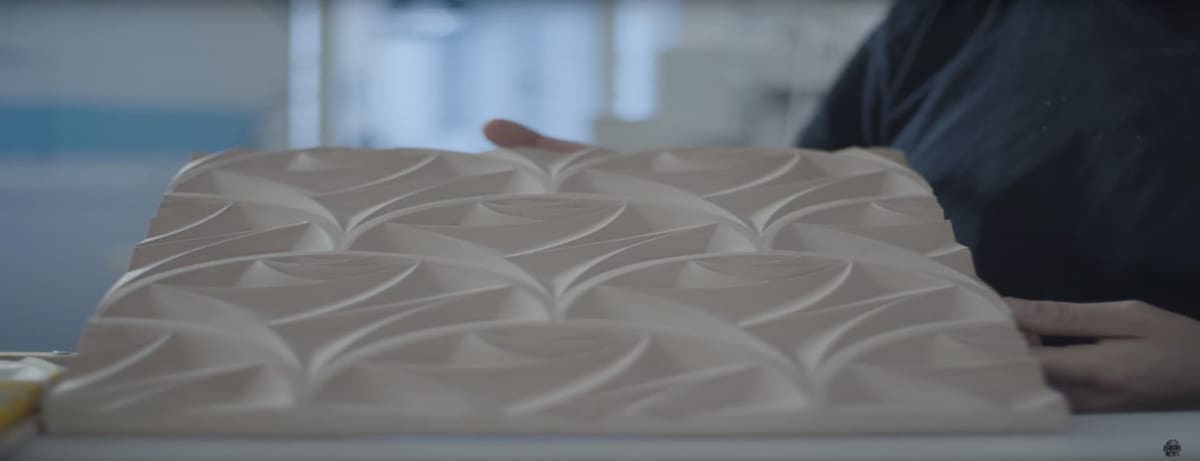
Imagine an architect proposes a special kind of wall tile that cannot be found anywhere else. With 3D printing, architects are easily able to 3D model and produce that piece in order to get a mold and reproduce it with another material. They could even give that piece to a factory or a workshop to produce a bigger quantity of it using other techniques, like concrete casting or injection molds.
In this way, architects are able to offer their clients customized designs and unique pieces. MATT Architecture is a London-based studio that has used 3D printing to generate ceramic tiles for building facades.
Interior Design
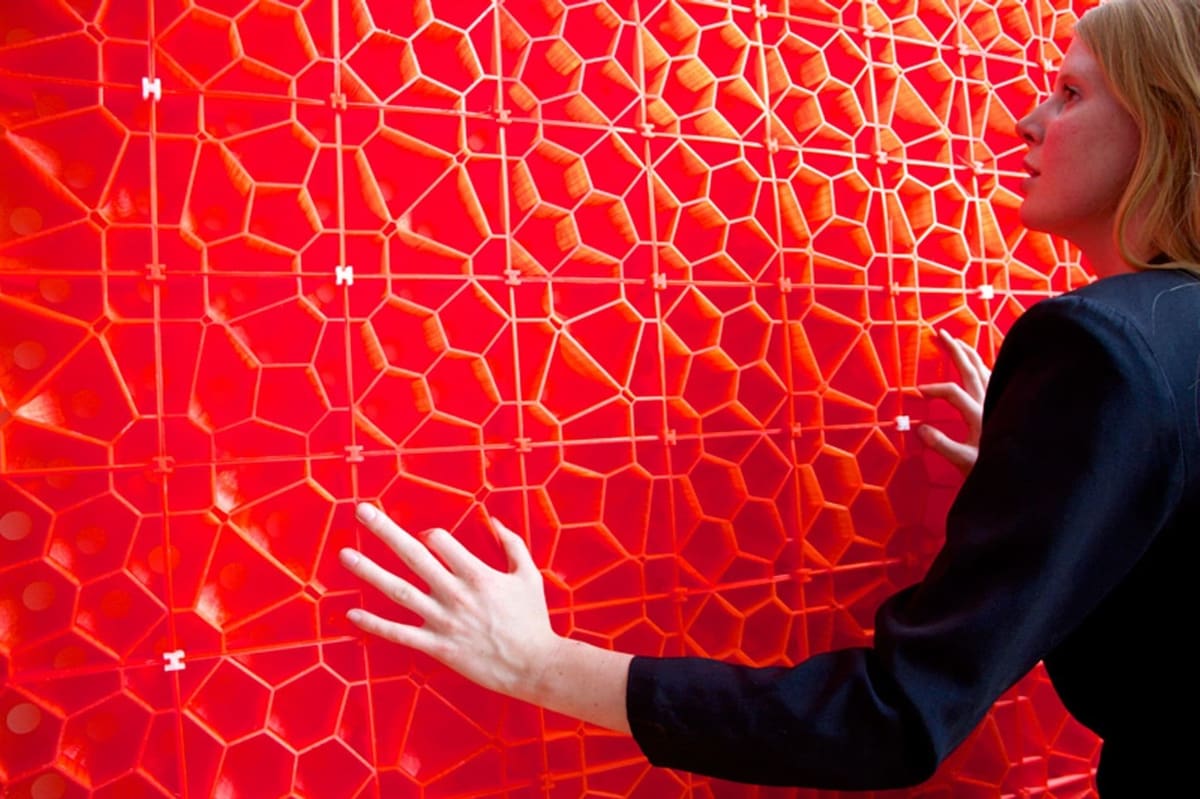
3D printing can be used in interior design projects, too. This technology allows architects to design objects like lamps, panels, sculptures, and decorative objects that can be 3D modeled and printed to be directly used as finished products and enhance interior designs.
An example of this can be found through Emerging Objects, which is a creative office focused on developing and realizing architecture and objects with 3D printing. They experiment with a lot of different materials, including PLA, cement, nylon, wood, metal, and chocolate.
3D Printed Houses
Building an entire house is a very difficult job that involves a lot of people, money, and time, but in recent years, a lot of 3D printed house prototypes have emerged, proving that it’s possible to 3D print an entire home with sustainable materials in a few weeks and with a very affordable price. One of these prototypes has been built in Austin, Texas, by the construction technology company ICON. According to them, the house was built with ICON’s first commercially available 3D printer, the Vulcan II.
This printer uses a special concrete mix as a building material and it’s designed to work under limited conditions. The main goal of the company is to reduce the housing problem for those who needs an affordable shelter. Perhaps 3D printing will be the solution for many architects to construct in a more efficient way. To see more examples abut this you can read the following article here at All3DP: 33 Greatest 3D Printed Houses, Buildings & Structures in 2019.
Check out our article on 3D printed houses, buildings, and structures for even more examples!
Future Applications
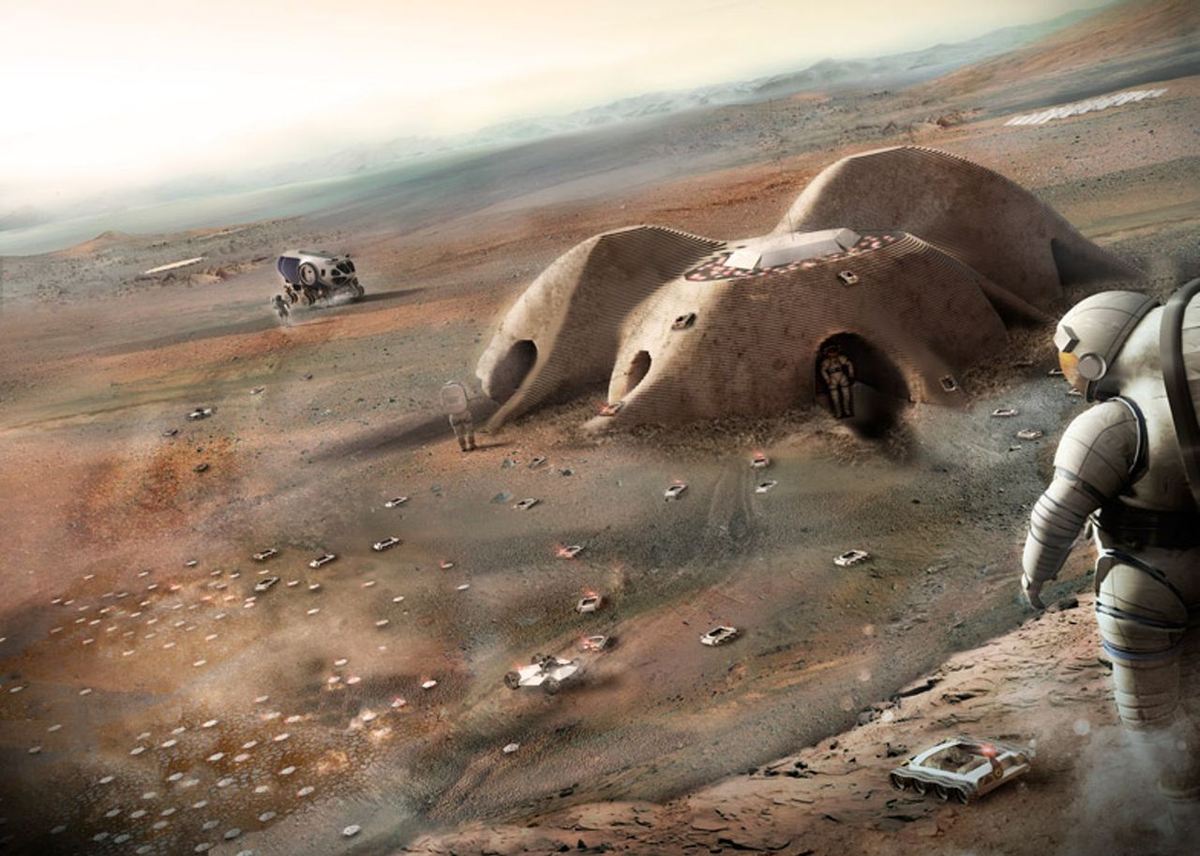
Of course, all these technological advances have opened the door to further expectations of what can be achieved with 3D printing.
One ambitious project is the Large Additive Subtractive Integrated Modular Machine (LASIMM), which aims to be the world’s largest metal 3D printer. If successful, it should be capable of producing large custom structures for engineering and artchitectural purposes.
NASA’s competition “The Mars Habitat“, is a project that considers the possibility of sending robots that construct 3D printed shelters for astronauts, prior to their arrival, using materials that can be found on Mars’s surface, such as rock and soil.
Final Thoughts
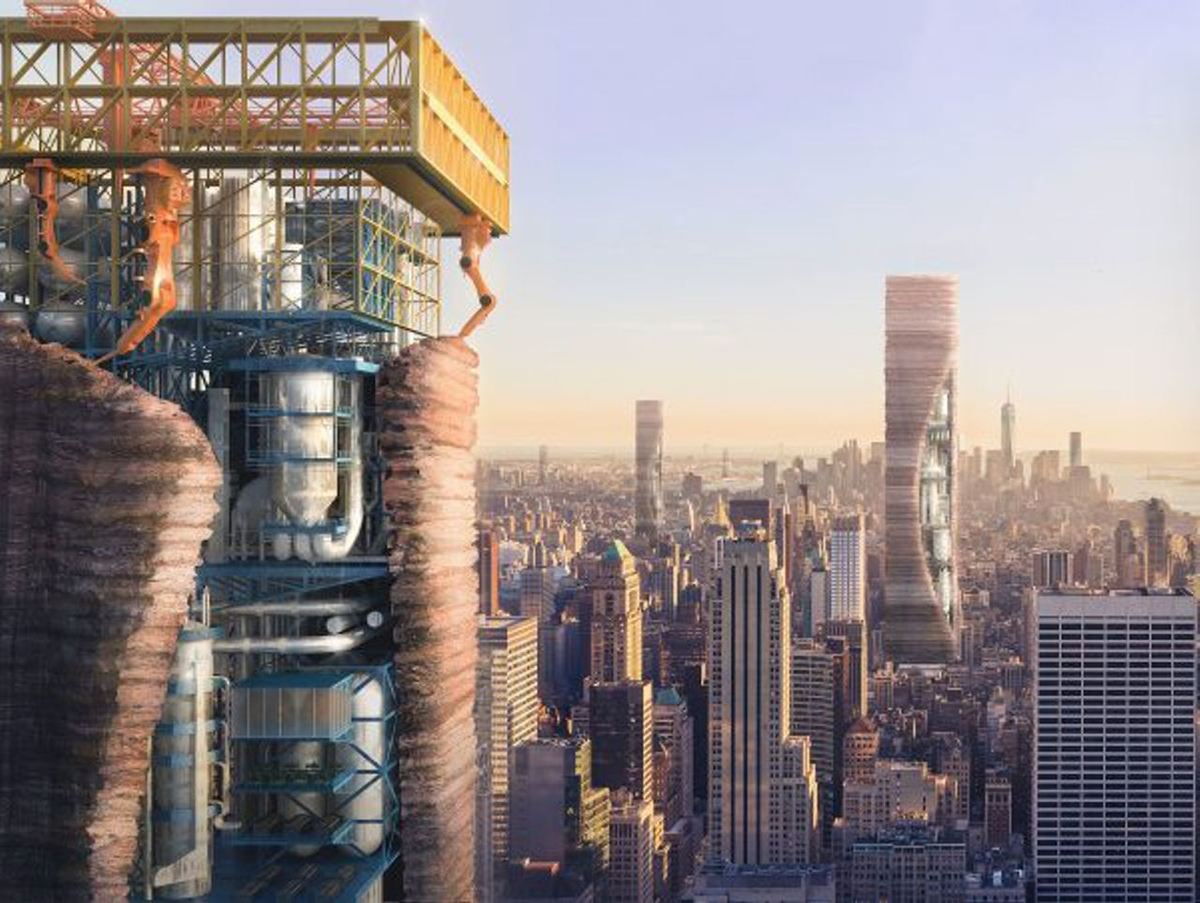
New technologies always bring innovation, and that’s exactly what 3D printing offers to architecture: A way to make the work not only easier, but more efficient.
In only a few years, architects have embraced this technology for many purposes, allowing them to go beyond the limits of traditional design and building techniques – but this is just the start. Perhaps in the future, people will be able to live in entirely 3D printed houses, communities, or even cities.
Feature image source: Dezeen
License: The text of "How 3D Printing Is Reshaping Architecture" by All3DP is licensed under a Creative Commons Attribution 4.0 International License.